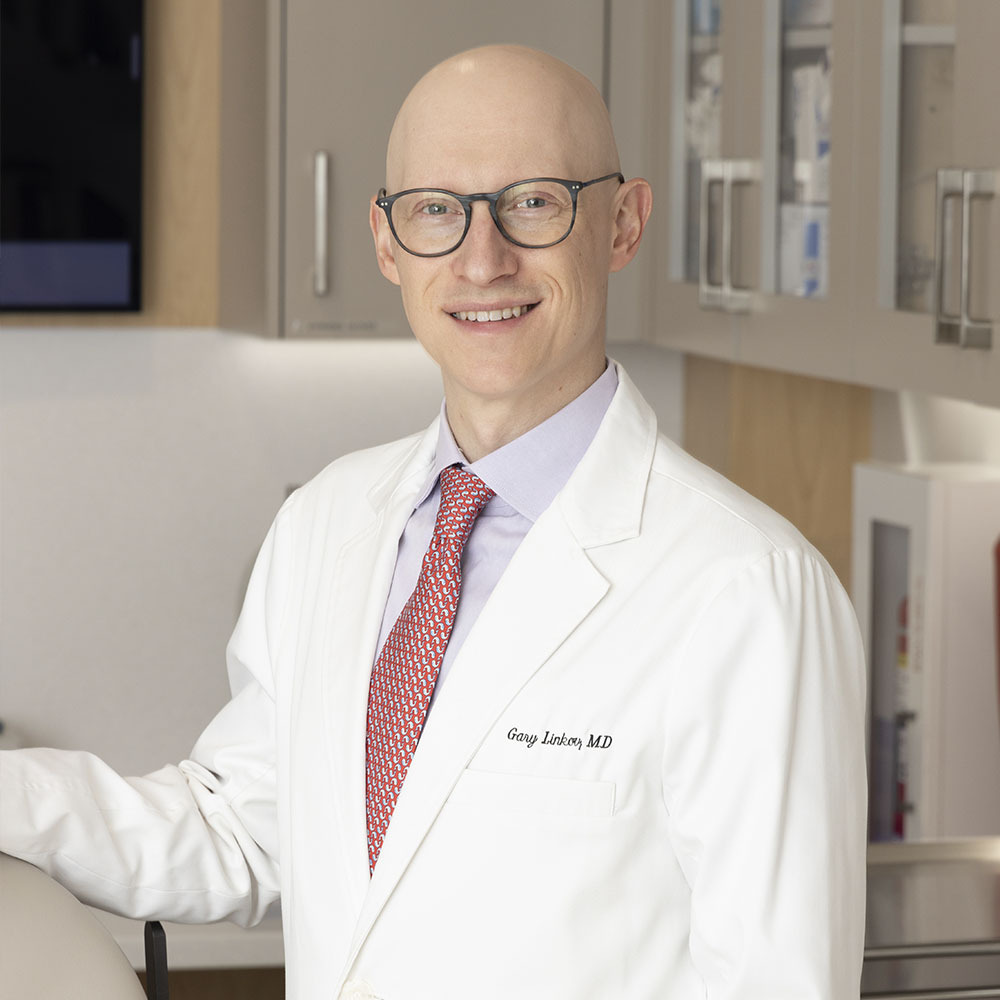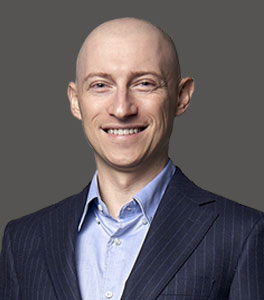

Facial trauma may include damage to the skin, facial features, mouth, and jaw. These damages range from facial cuts and lacerations to more serious problems, such as broken teeth and facial bones. Bone fractures can involve the lower or upper jaw, palate, cheekbones, and eye sockets. City Facial Plastics in Manhattan, NY under the management of an internationally recognized facial plastic surgeon Dr. Linkov, restores facial function and aesthetics for victims of facial trauma.


Facial trauma includes injuries to any of the layers of the face, including the skin, muscle, and bone. Other structures are also at risk including nerves, salivary glands, and blood vessels. Facial trauma often includes neck injuries which when combined with injuries to the face can carry life-threatening complications. The teeth are also important to assess after facial trauma and often guide the proper repair choice.
Accidents can occur when we least expect it. The face is vulnerable to different types of facial injuries. Early and correct repair is often paramount to offer the best chance at a great outcome after facial trauma. The goal is to restore form and function of the different parts of the face.
 A fractured jaw, broken nose or facial laceration may impact your appearance and facial function for life, if not repaired. Depending on the extent of the facial trauma, this can include repositioning bones, tissue repair, and skin grafts. Board certified facial plastic surgeon, Dr. Gary Linkov at City Facial Plastics, located in UES, Manhattan, has extensive skills in facial reconstructive surgery to restore function and aesthetics. While not all facial trauma can be completely undone, his talent will help restore the features as closely as possible to their original appearance.
A fractured jaw, broken nose or facial laceration may impact your appearance and facial function for life, if not repaired. Depending on the extent of the facial trauma, this can include repositioning bones, tissue repair, and skin grafts. Board certified facial plastic surgeon, Dr. Gary Linkov at City Facial Plastics, located in UES, Manhattan, has extensive skills in facial reconstructive surgery to restore function and aesthetics. While not all facial trauma can be completely undone, his talent will help restore the features as closely as possible to their original appearance.
There are different causes of facial trauma, including:
Dr. Linkov is a highly trained doctor who made me feel comfortable the minute I walked in. I came to Dr. Linkov for a mole removal procedure. I was super nervous but Dr. Linkov went through all the steps and addressed all my concerns. He was thoughtful, honest and attentive with his approach in answering all my questions. During the procedure, Dr. Linkov was delicate and took his time. He made sure I was doing okay every couple of minutes. After the procedure was completed, Dr. Linkov called me the next day to check on the healing process. Because of Dr. Linkov’s expertise and care for his patients, I highly recommend this doctor. I am happy with the results and thankful for Dr. Linkov!
Monika Mannan
The types of facial trauma include:
Any facial structure can be injured due to facial trauma. Examples of structures and their corresponding signs and facial trauma symptoms are provided below, including:
Every facial trauma encounter begins with an accurate and thorough history. This can be limited in an acute injury situation, especially if other life-threatening injuries are present. Fortunately, many facial trauma injuries are not life-threatening and repair can often be delayed until the patient is stabilized by the trauma team.
It is helpful to determine the pre-injury appearance of the patient through photographs if possible, in order to best return them to that pre-injury state. Abuse victims need to be properly managed and protected. Asking about tetanus prophylaxis is very important and many patients benefit from a tetanus shot after facial trauma.
The most threatening conditions need to be dealt with first, often involving several medical teams in severe facial trauma cases. Airway, breathing, and circulation are dealt with first. The head and neck are closely examined for soft tissue injuries as well as potential underlying bony injuries.
Additionally, cranial nerve status is examined and any major salivary duct or blood vessel injury is assessed. Looking into the ear with an otoscope may reveal blood behind the ear drum (hemotympanum), which is associated with a skull base fracture. Any injury around the eye warrants a thorough eye exam to test all vision, muscle movement, and tear duct function.
When bony injuries or certain other conditions such as brain or spine injury are suspected, imaging is obtained. Due to its speed, reliability, and bony detail, computed tomography (CT) scans are often preferred.
Local anesthesia, with lidocaine, may be appropriate for soft tissue injuries repaired at the bedside or in the office. A complete assessment of the area may only be possible once it is numb. Repair of ducts, bones, and facial nerve damage from trauma usually requires general anesthesia in the operating room.
It is vital to clean facial trauma wounds in order to reduce the chance of infection and to remove any existing foreign bodies. Complications such as traumatic tattooing may occur if the soft tissue is not adequately cleaned. Before intraoral incisions are made to repair bones, the mouth can be cleaned with a medical grade mouthwash to reduce the bacterial load.
The exact type of repair depends on the extent of the injury and a thorough discussion of options with the patient. A simple laceration across the cheek, for example, has a straightforward suture repair option. However, a single fracture in part of the mandible (lower jaw) may have several options such as observation, dental fixation, or open reduction with internal fixation (plates and screws).
Common types of bony repairs include:
Risks and complications are specific to each type of surgery, but a general summary for facial trauma management complications is outlined below:
Patients often search for the best plastic surgeon in NYC. Dr. Gary Linkov is a board-certified facial plastic surgeon in New York City specializing in facial cosmetic and reconstructive surgery. Dr. Linkov, as a top-rated plastic surgeon in NYC, is a specialist with extensive experience treating all conditions of the face, including those that have been previously operated.
He is the Chief of Otolaryngology and Facial Plastic Surgery for the Veterans Hospital in Brooklyn, NY, where he operates on complex deformities on our country’s veterans. Dr. Linkov’s private practice in Manhattan’s Upper East Side focuses on facial cosmetic and functional surgery, including most types of facial trauma.
If you have suffered a serious facial injury that has caused permanent damage to your face, contact us at City Facial Plastics, located in Midtown, Manhattan. We will schedule an appointment for you with a leading facial plastic surgeon in New York, Dr. Linkov to discuss your options for facial reconstruction.
Dr. Gary Linkov was amazing. He actually listens to what you want to do and does not just do what he wants to do. He really takes the time and pays attention to detail and make sure it is exactly what you wanted. It was a great experience!
Jen Ryznar

Dr. Linkov is a double board-certified by the American Academy of Facial Plastic and Reconstructive Surgery and the American Board of Otolaryngology-Head & Neck Surgery. A native of New York, Dr. Linkov graduated as a salutatorian from Cornell University and received his Medical Degree at Columbia University College of Physicians and Surgeons. Dr. Linkov conducted advanced head and neck cancer research at the world-renowned Memorial Sloan Kettering Cancer Center. Dr. Linkov is a former Adjunct Assistant Professor at New York University (NYU), where he taught Rhinoplasty.
Dr. Linkov is a top-rated facial plastic surgeon in New York who specializes in lip lift, facelift, rhinoplasty, and hair transplant. He has been named one of the top 5 lip lift surgeons in the United States, is listed in the prestigious SuperDoctors New York™ registry, and has appeared on the Dr. Oz Show, where he discussed the state-of-the-art hair transplantation procedure.


City Facial Plastics 150 E 56th St, #1AB, New York, NY 10022 (212) 439-5177